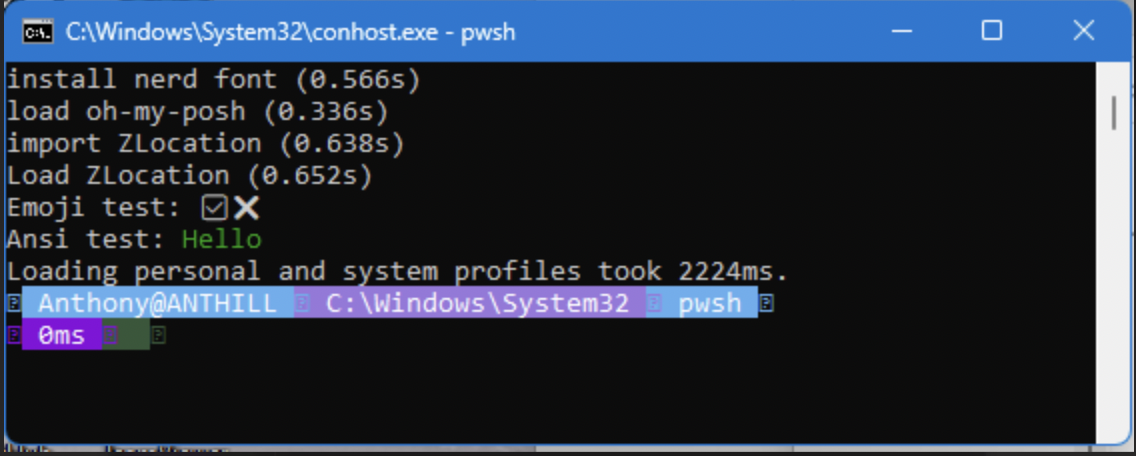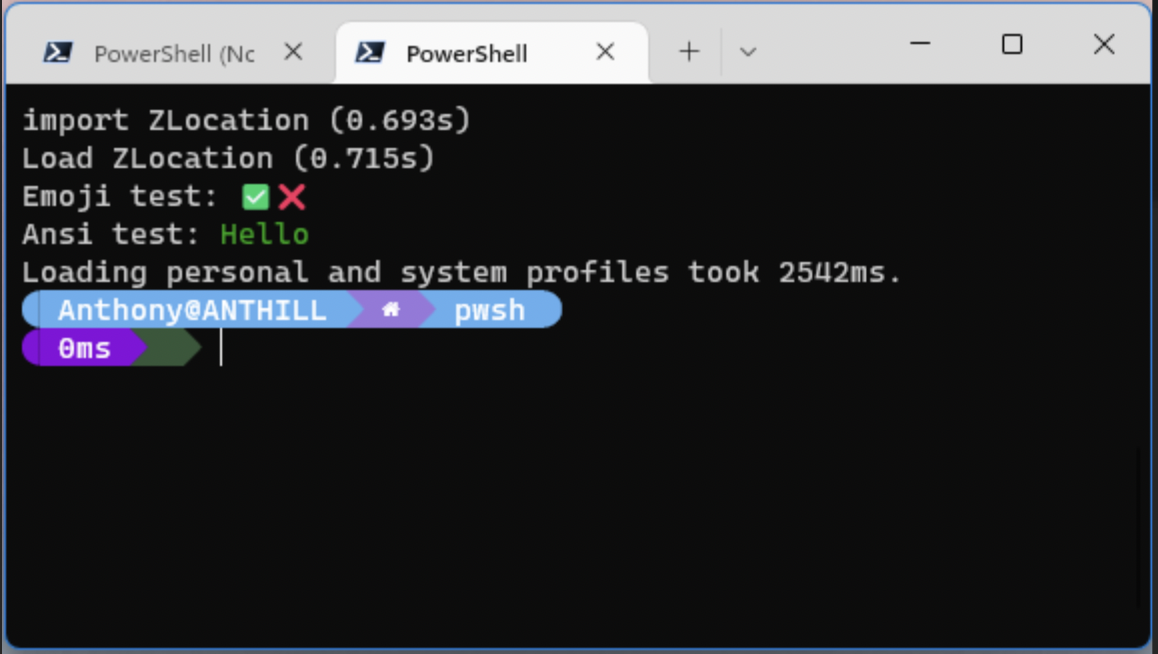Terminal basics
This page provides a basic introduction to using and understanding the terminal. If you are interested in using programs that run with a command line interface (CLI), such as FFmpeg or AnalysisPrograms, then this page is for you.
What is a terminal? #
You are probably used to using programs which have a graphical user interface (GUI). However, there are also programs that run in a text-based way, and these programs are referred to as command line interface (CLI) programs.
To run these text-based programs, and pass instructions to them, we use what is called a terminal. This is a program which lets us input text, and view text output. In reality, the terminal is just a middleman. The user input that we type into a terminal is actually passed on to another program, known as a shell. The shell is the actual program that processes commands, generates the output, and then passes it back into the terminal to display to the user. It is possible to have different shells installed on the same device, and switch between them when needed. Likewise, it is possible to use different terminal programs, with different shells. Different shells use different types of syntax, so it is good to be aware of this concept, and understand what shell you are using, or suggested to use, when following instructions for interacting with a terminal.
Recommendations #
For Windows, we strongly recommend using the Windows Terminal , over the default Windows Console Host. Windows Terminal includes a range of great features such as tabs, zooming, themes, profiles, split panes, accuracy, colors, and most importantly emoji.

conhost.exe.

Windows Terminal
The shell we recommend using on Windows is PowerShell .
If you are using Linux or macOS, then you can use the inbuilt Terminal, which is included by default for those systems. The default shell in Linux is typically Bash. If you are using macOS, the default shell may be Bash for older systems, and Zsh in newer systems. However, you can change the shell to be whatever you like at any time. PowerShell 7 is also available for both Linux and macOS .
How do I use it? #
Anytime you see command to run, we’ll present it in a code box that will look like this.
> <command to run>The
>denotes a prompt, which is your cue to run the command after the prompt.For example:
> mkdir resultsYou would type (or copy and paste)
mkdir resultsinto your terminal. Do not include the prompt (the>symbol).To run a command press Enter on your keyboard.
We might include a comment (a line starting with a
#) and we might show you the output of your command as well.# I am a comment > echo "I am output" I am outputOften we will omit the output for brevity.
Previous commands can be run again by using the up and down arrow keys to cycle through those commands.
Lastly, if your terminal reports it cannot find a program you just installed, try closing the terminal, and then reopen it.